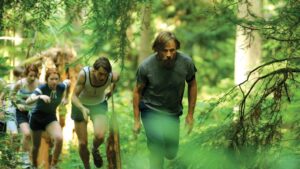Types of Bears in Canada and How to Know the Difference
12th May 2022
5 min. read
3805
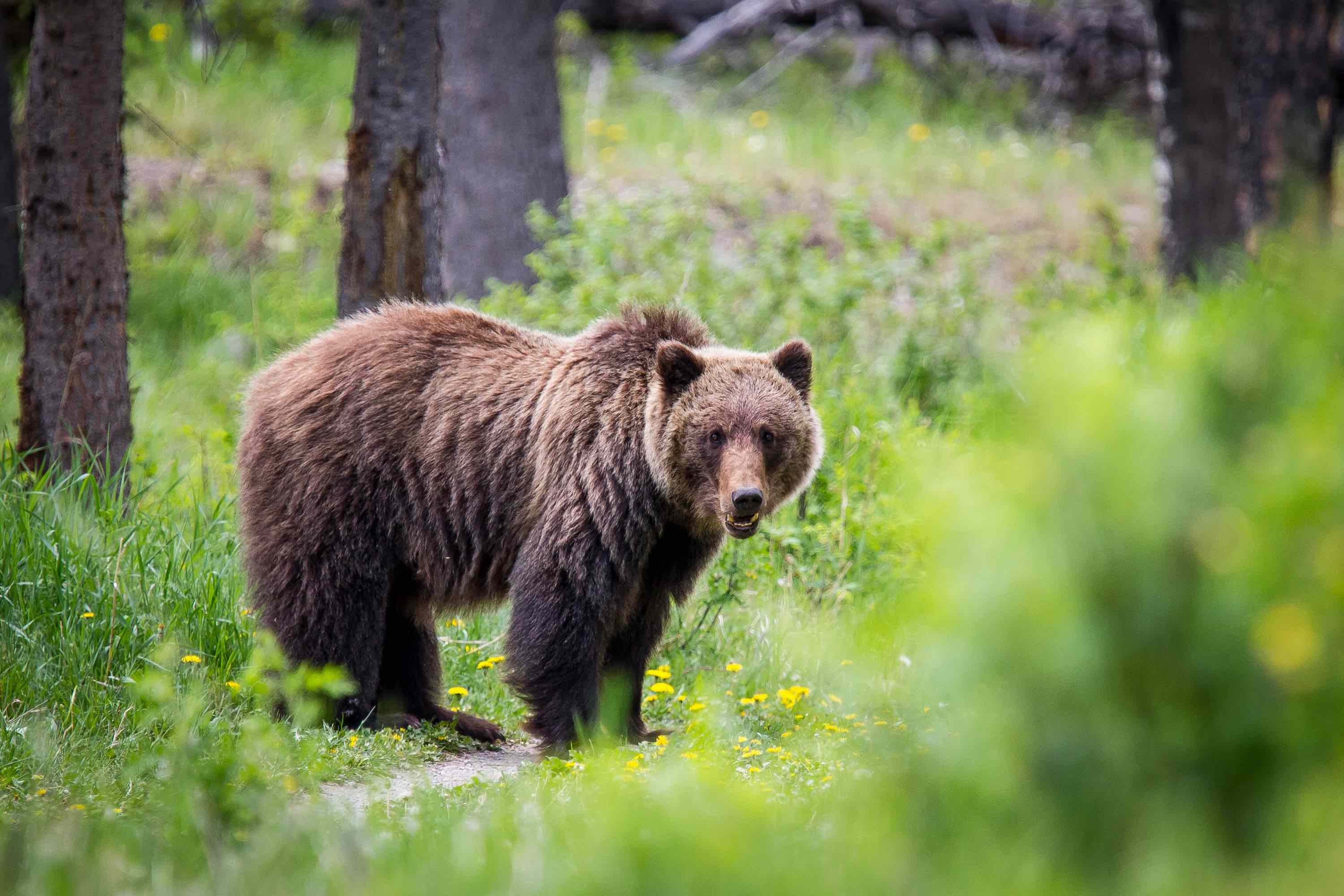
Spotting a bear in the wild is on every visitor’s wish list while in Canada. Of course, there is no guarantee, though there are ways to maximise your chances of seeing one of these impressive beasts in the wild.
Both British Colombia and Alberta offer great chances to spot a bear in the wild, as well as opportunities to visit bear refuges and see the furry beasts up close.
Types of Bears and How to Know the Difference
There are two types of bears that call British Colombia and Alberta home: Grizzly bears and Black bears.
Grizzlies are larger, and sport a distinctive shoulder hump, dished face, and large claws. Black bears are smaller, with a straight face profile and short, dark claws. Despite their name, black bears range in colour from black to brown or even white.
One of the easiest ways to tell the difference is by the ears: Grizzly bears have short, rounded ears, while the ears of Black bears are taller and more prominent.
Black bears outnumber Grizzly bears, with 380,000 living throughout Canada, compared to just 25,000 Grizzlies.
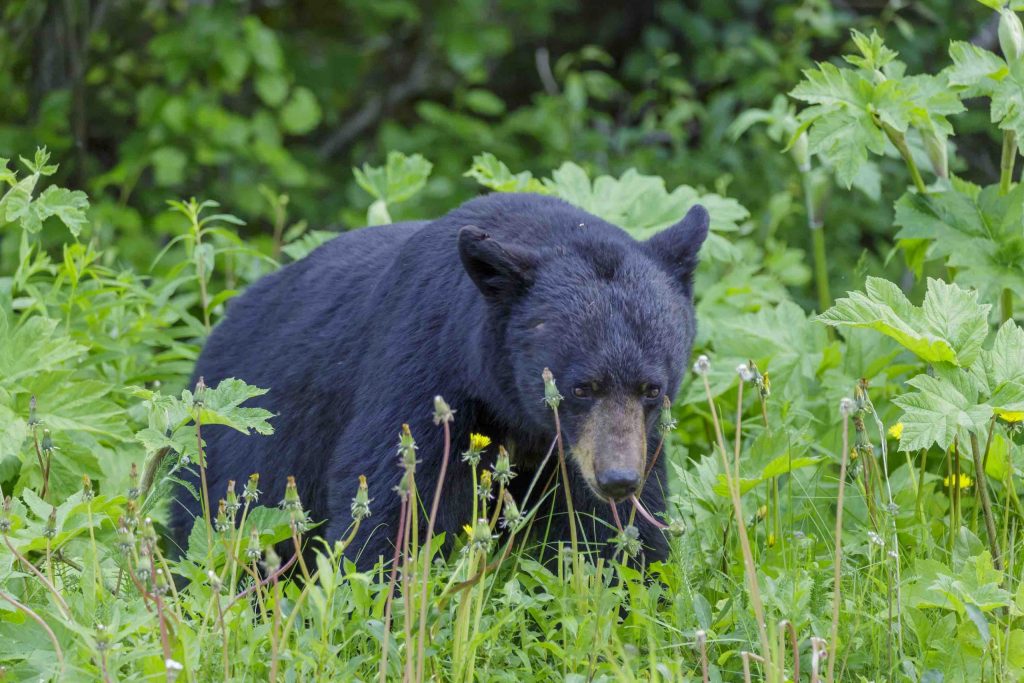
When and Where to Spot Bears
The first and most obvious step to seeing bears in Canada is to visit during summer, and avoid the bears’ winter hibernation months.
The next step is to decide where to go. British Columbia is home to over half of Canada’s Grizzly bear population, as well as a substantial number of Black bears. In nearby Alberta, both types of bears can be found roaming the alpine forests and meadows.
The best times to spot bears on the roadside are early morning and late evening, so set off early, drive slowly, and keep your eyes peeled. Visitors Centres in National Parks such as Banff and Jasper can advise on where to spot bears in the local areas.
Whistler, north of Vancouver, is home to around 60 black bears, who can be spotted from mid-March to November. Vancouver Island is also a popular bear-spotting destination, with Black bears encounters common along the roadsides and rivers, and Grizzlies inhabiting the Great Bear Rainforest in the north of the island.
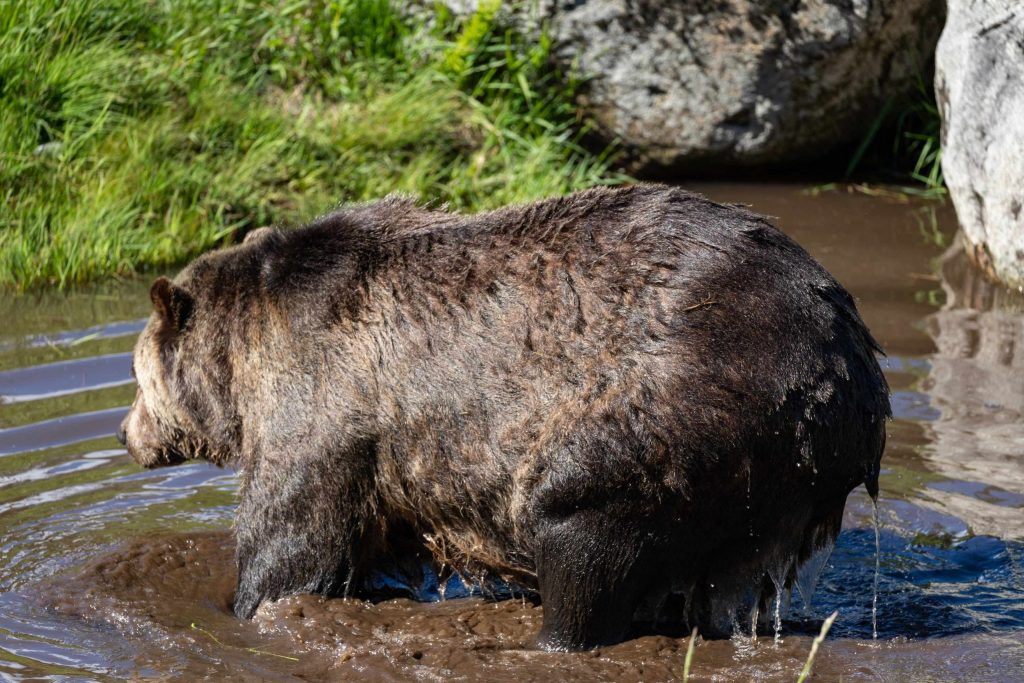
Khutzeymateen Grizzly Bear Sanctuary, near Prince Rupert, is home to over 50 bears. The island can be visited by boat or seaplane, and bears can be spotted right along the shore.
Bear Spotting from the Air
Ski lifts and gondolas offer great opportunities to spot bears from the air. The Peak 2 Peak Gondola in Whistler takes visitors directly over forests and meadows, where the odds of seeing a bear in their natural habitat is high. Keep your eyes peeled for movement on the ground below!
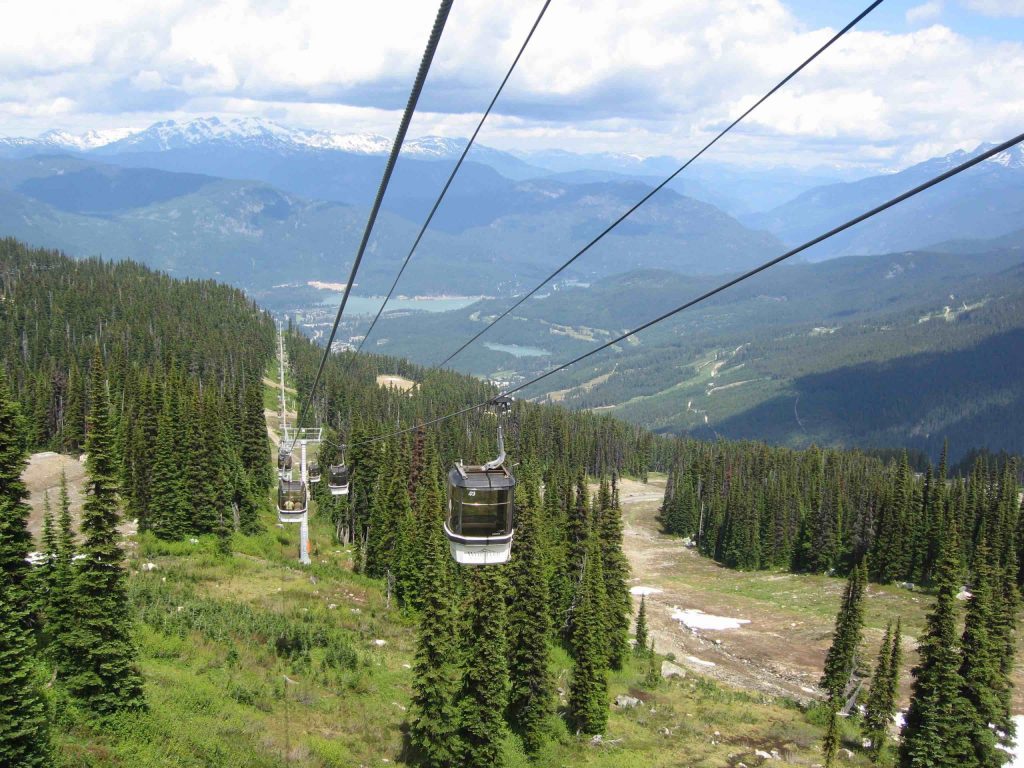
Even if you’re not lucky enough to see a bear, you’ll be treated to stunning mountain views as well as spectacular hiking routes before making the trip back down to Whistler.
Visiting Bear Refuges
If you’re not lucky enough to spot a bear in the wild, there are several refuges where visitors can meet bears up close.
Kicking Horse Resort, near Golden, in Alberta, is a popular choice. The resort is home to Boo the Bear, who was rescued as a cub when a hunter shot his mother. Boo now resides in a 20-acre habitat- the largest bear refuge in the world. Knowledgeable guides bring tour groups to the edge of Boo’s home, and he often comes right up to the fence to greet them.
The resort also offers a great interpretive centre, where visitors can learn about bears and other Canadian wildlife.
If You Encounter a Bear While Hiking
Of course, the last time you want to encounter a bear is while hiking. Stay safe by making lots of noise to avoid spooking an animal; bears will stay out of your way as long as they know you are there. Leave the area if you see signs of bear activity, such as fresh tracks or droppings, or if you come across a dead animal.
Dispose of food and other waste in bear-proof bins. If camping, eat, cook and store your food at least 50 metres from your tent, and tie food high above the ground.
If you do encounter a bear, speak calmly and firmly while making yourself appear as big as possible. Back away slowly but do not run.
In the very unlikely event of an attack, use bear spray if available. Lie on your stomach with your hands crossed behind your neck for protection and play dead.
Most defensive attacks last under two minutes. If the attack continues longer than this, it may be a predatory attack. In this case, fight back by any means necessary. These types of attacks are very, very rare.

Sally Jo Anne Murphy
Pontefract, West Yorkshire
All My Holidays
07967640919
sally@allmyholidays.com
Specialist Area:
Spa & Wellness, Weddings and Honeymoon, Touring, Self Drive, Safari, Romantic, Luxury
View ProfileRelated Articles
Related News
Related Offers
SIGN UP FOR OUR MAILING LIST
Enter your email address and receive daily or weekly updates with the latest articles, news and videos.Copyright © 2021 Experienced Travellers Ltd. Experienced Travellers Ltd is not responsible for the content of external sites. Read about our approach external linking.







